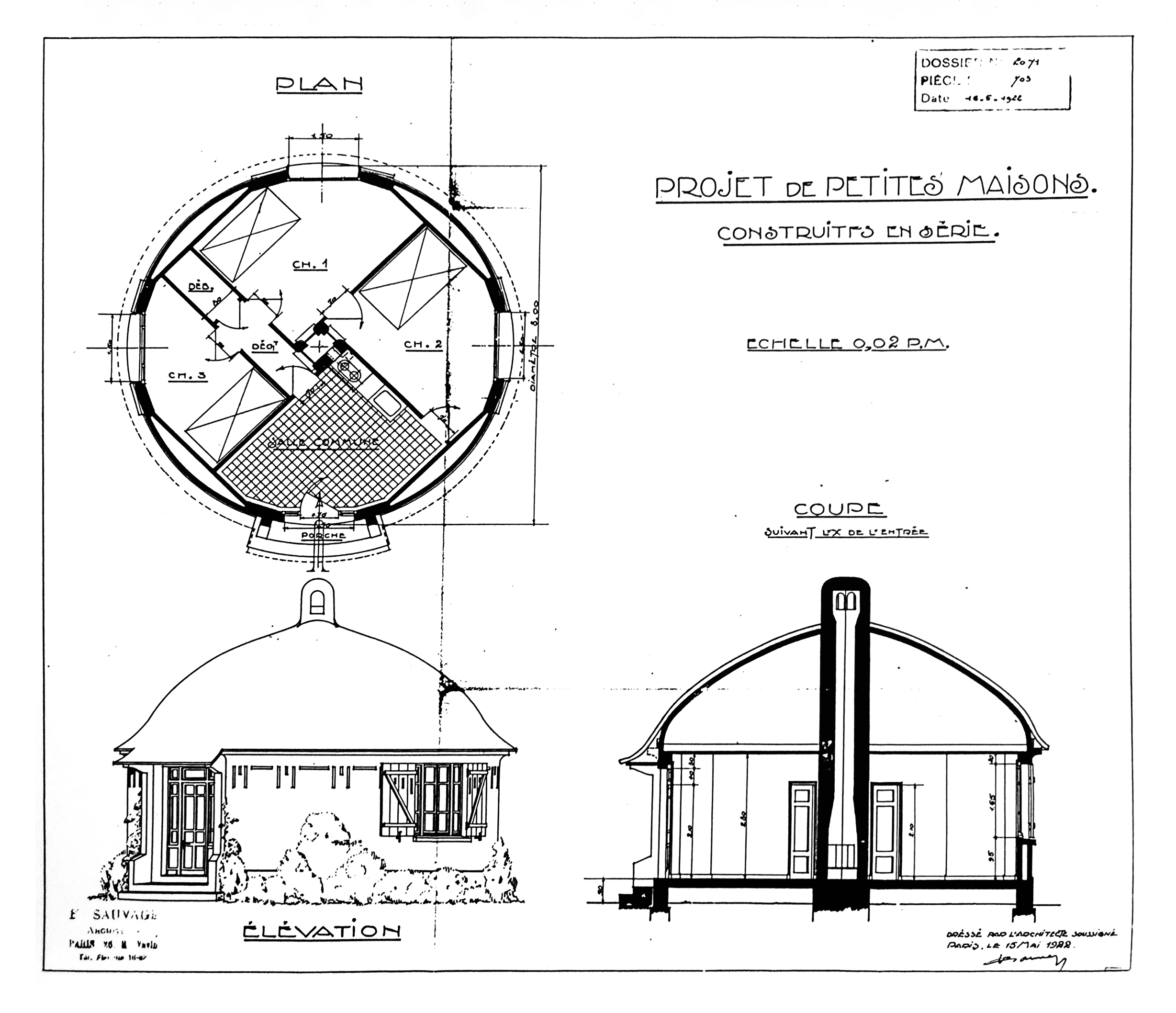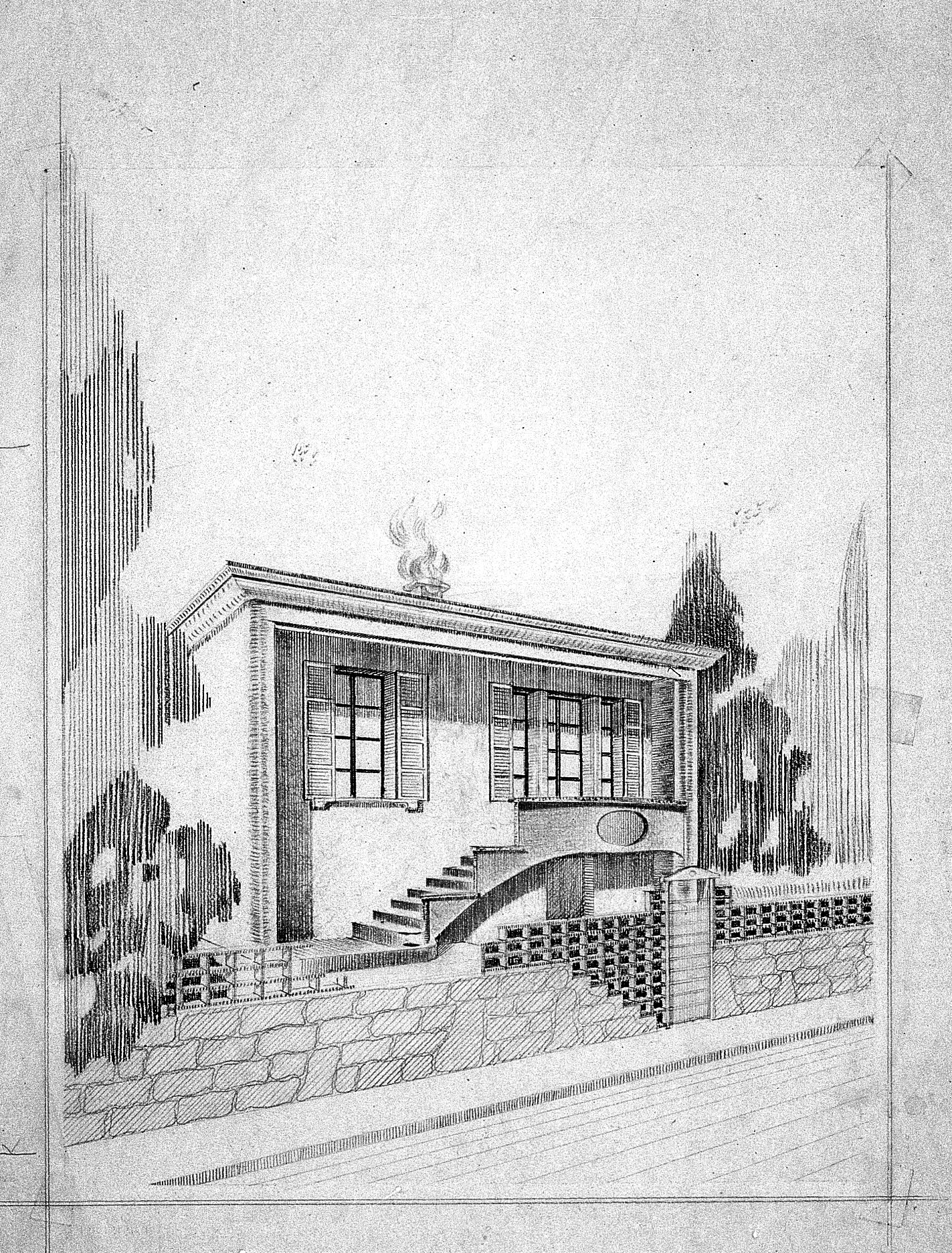



“French Mass-Produced Housing in the Crucible of World War I.” Platform. Posted on March 21, 2022. https://www.platformspace.net/home/french-mass-produced-housing-in-the-crucible-of-world-war-i.
>>> Read article online
Thomas Edison’s 1906 declaration that he wanted to quickly and cheaply produce an endless number of concrete houses marked a milestone in architectural and construction history. Yet the idea of mass-produced housing did not become popular until World War I. Ever since that war, this idea has occupied a prominent place within the architectural discipline and the built environment. Revisiting the context of France around 1920, when the concept of mass-produced housing first gained widespread acceptance, reveals its entanglement with misguided beliefs involving racial propagation, blind faith in the capitalist marketplace, and the magical power of new technologies.
